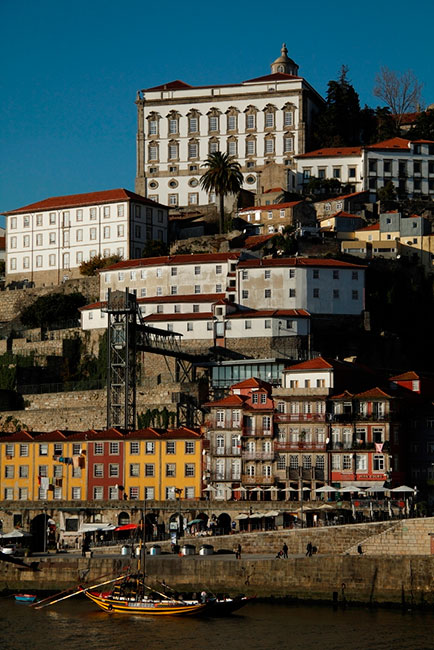2011 Travel Information
How to get to Coimbra
If travelling from outside the Iberian Peninsula, you will probably fly to Lisbon or Oporto, from where there are good train connections to Coimbra. Flight costs are reasonable if booked in advance, but they can become expensive near the summer.
Rail travel from both Lisbon and Oporto is regular, fast and reliable provided you take the Alfa Pendular or Intercidades services.
What airport to choose?
Coimbra is 130km from Oporto and 206km away from Lisbon. Train connections between Lisbon and Oporto are equally good (Coimbra is one of the stops of the Lisbon to Oporto line). Thus, our advice is to chose based on the flights available. If you plan to stay a few extra days in Portugal you may want to consider the possibility of arriving through Lisbon and departing from Oporto (or vice-versa) and take the time to know these two lovely cities.
Step-by-step guide from Lisbon airport to Coimbra
- Once you arrive at Lisbon you should go to the railway station "Gare do Oriente" you can:
- Take a taxi (about 10 minutes and should cost 5-8 euros). Both the airport and Oriente station lie to the north east of the town centre.
- Take the bus Carris #44 to Oriente. The ticket (1.5 euros) may be purchased from thee driver as you board the bus.
- Take the aeroshuttle bus Carris 96, available everyday, every 30 minutes between 7am and 11pm. The ticket (3,50 euros) can be purchased onboard and also in the Tourism Office at arrivals (public area).
- "Gare do Oriente" can be slightly confusing due to the lack of signs. You arrive at the ground floor. You can buy the tickets on the 1st floor. The train-lines are on the 2nd floor. Once you arrive you go to the 1st floor, search for the stairs that lead to lines 1 and 2. In front of those stairs (still on the 1st floor) there is a ticket office where you can buy your ticket. Alternatively, you can buy your ticket, consult schedules, etc. on the green ATM-like machines on the side of the ticket office. Tickets can also be bought online or in any ATM machine, but this is only advisable if you know your departure time in advance.
- What type of ticket to buy? You should buy a ticket for an Alfa Pendular or Intercidades train to Coimbra. The cost depends on the type of ticket you buy and range from 16.5 euros (Intercidades, 2nd class) and 32,5 euros (Alfa Pendular, 1st class). If you chose Alfa and buy a first class ticket you can have a meal while you travel. Other than that there isn't much difference between first and second class.
- You can consult the schedules here: http://www.cp.pt/. The Alfa and Intercidades services are punctual and reliable. Travel times range from 1h:30m to 2h00m (approximately).
- Get off the train when you arrive at Coimbra B (the main railway station). You can take another train for Coimbra A station on the same ticket from where all the hotels are within walking distance. However, you can also get off at Coimbra B station and take a taxi to your hotel (approximately 4 euros).
Step-by-step guide from Oporto airport to Coimbra
- Once you arrive at Oporto take the Tram-train to the Campanhã railway station (line E). You should buy a Z4 ticket (4 zones) which costs 1,5 euros. The travel takes, roughly, 30 minutes. You can download the timetable from this address.
- Once you arrive at Capanhã you should buy a ticket for an Alfa Pendular or Intercidades train to Coimbra. The cost depends on the type of ticket you buy and range from 11.5 euros (Intercidades, 2nd class) and 21,5 euros (Alfa Pendular, 1st class). If you chose Alfa and buy a first class ticket you can have a meal while you travel. Other than that there isn't much difference between first and second class. Tickets can be bought at the ticket office or on the green ATM-like machines at the railway station. Tickets can also be bought online or in any ATM machine, but this is only advisable if you know your departure time in advance.
- You can consult the schedules here: http://www.cp.pt/. The Alfa and Intercidades services are punctual and reliable. Travel time is, roughly, 1h00m.
- Get off the train when you arrive at Coimbra B (the main railway station). You can take another train for Coimbra A station on the same ticket from where all the hotels are within walking distance. However, you can also get off at Coimbra B station and take a taxi to your hotel (approximately 4 euros).
Staying in Lisbon?

Lisbon is one of the most beautiful European capitals. In case your flight or train arrives too late to travel to Coimbra on the same day, and you require overnight accommodation in Lisbon, it is best to aim for a hotel near the Gare do Oriente (Oriente railway station). We recommend the Hotel Tivoli Tejo. You can book rooms for Tivoli Tejo using our contact at Tivoli Coimbra.
The Alfama is oldest district of Lisbon, spreading on the slope between the Castle of Lisbon and the Tejo river. It is the Moorish area of the city where the fishermen lived and it contains many important historical attractions, with many Fado bars and restaurants.
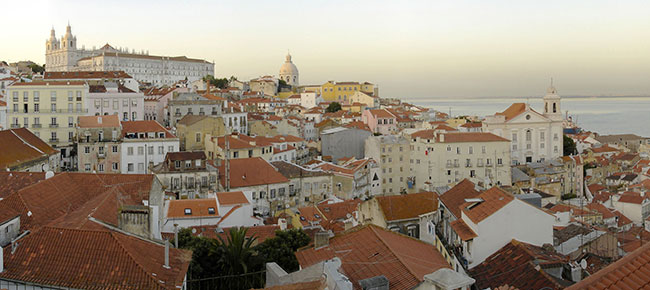
The Chiado is a traditional shopping area that mixes old and modern commercial establishments, concentrated specially in the Carmo's and Garrett's streets. Locals as well as tourists visit the Chiado to buy books, garments, pottery as well as to have a cup of coffee. The most famous café of Chiado is A Brasileira, famous for having had poet Fernando Pessoa among its customers.
Bairro Alto is a residential, shopping and entertainment district. It is also the heart of Lisbon's youth and of the Portuguese capital's nightlife.
The Pombaline Baixa (downtown) is an elegant district, primarily constructed after the 1755 Lisbon earthquake. It is one of the first examples of earthquake-resistant construction. Architectural models were tested by having troops march around them to simulate an earthquake. Some of the interesting monuments in this area are: Praça do Comércio (Commerce Square) and Rossio Square the oldest and historically most important squares in Lisbon; Church of Nossa Senhora da Conceição Velha; Restauradores Square; Elevador de Santa Justa, an elevator in Gothic revival style, built around 1900 to connect the Baixa and Chiado.
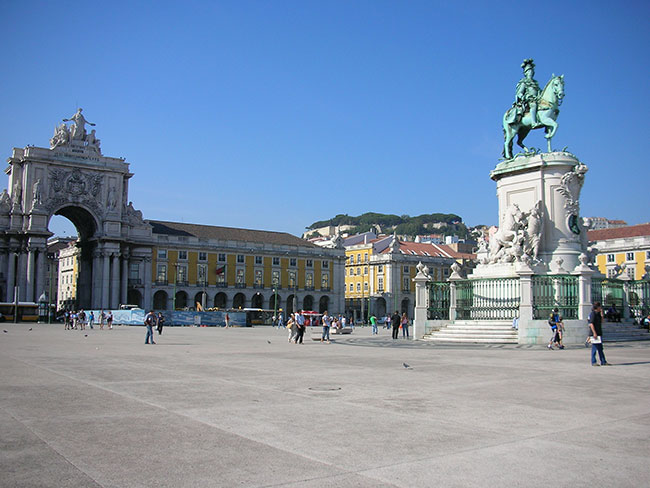
Belém district is famous as the place from which many of the great Portuguese explorers set off on their voyages of discovery. Belém's most famous features are Torre de Belém, Mosteiro dos Jerónimos (Jerónimos Monastery) and Padrão dos Descobrimentos (Monument to the Discoveries).
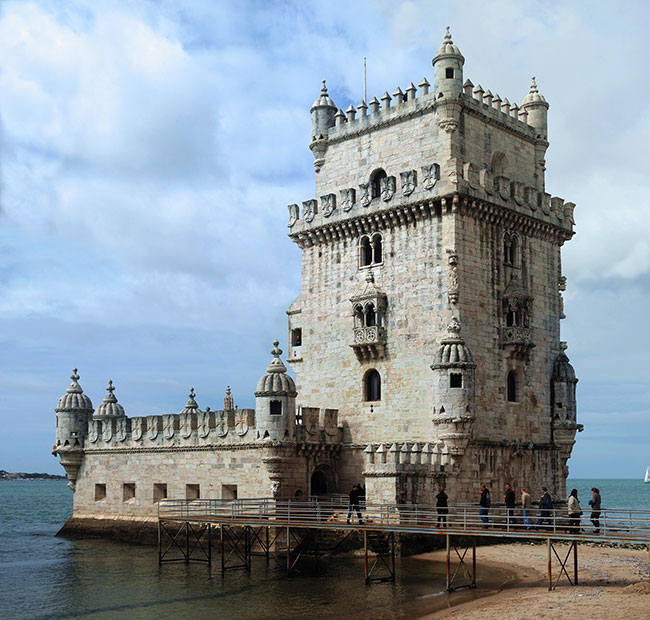
Parque das Nações is the newest district in Lisbon, having emerged from an urban regeneration programmed that led to the World Exhibition of Lisbon 1998. Do not miss the opportunity to visit the Lisbon Oceanarium which has a large collection of marine species - birds, mammals, fish, cnidaria, and other marine organisms totaling about 16,000 individuals of 450 species.
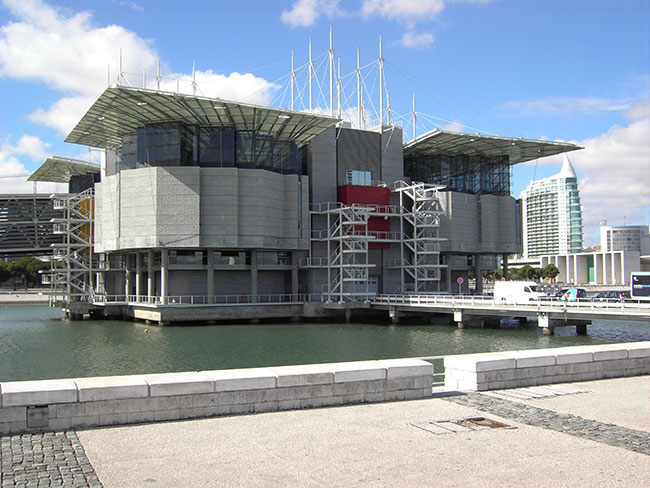
Last, but not the least, the best away to move around in Lisbon is using the public transportation system namely the metro and the old funicular railway.
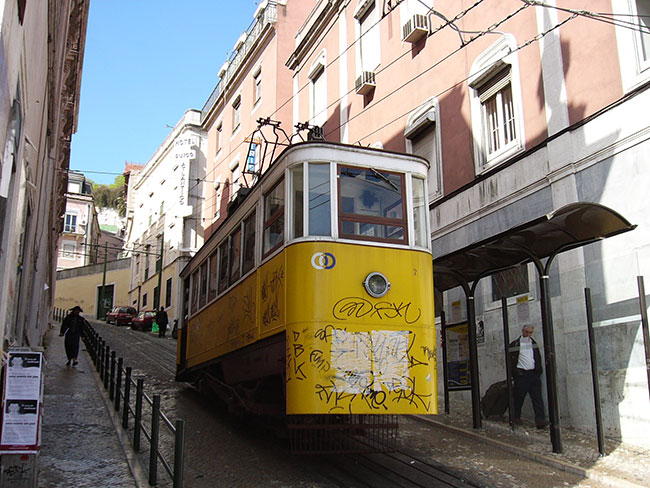
Staying in Oporto?
Porto, also known as Oporto (English), is the second largest city in Portugal. Located along the Douro river estuary in northern Portugal, Porto is one of the oldest European centres, and registered as a World Heritage Site by UNESCO in 1996. Its settlement dates back several centuries, when it was an outpost of the Roman Empire.
One of Portugal's internationally famous exports, port wine, is named for Porto, since the metropolitan area, and in particular the adegas of Vila Nova de Gaia, were responsible for the production and export of this amazing fortified wine.

UNESCO recognized its historic centre as a World Heritage Site. Among the architectural highlights of the city, Oporto Cathedral is the oldest surviving structure, together with the small romanesque Church of Cedofeita, the gothic Igreja de São Francisco (Church of Saint Francis), the remnants of the city walls and a few 15th-century houses.
The baroque style is well represented in the city in the elaborate gilt work interior decoration of the churches of St. Francis and St. Claire (Santa Clara), the churches of Mercy (Misericórida) and of the Clerics (Igreja dos Clérigos), the Episcopal Palace of Porto, and others.
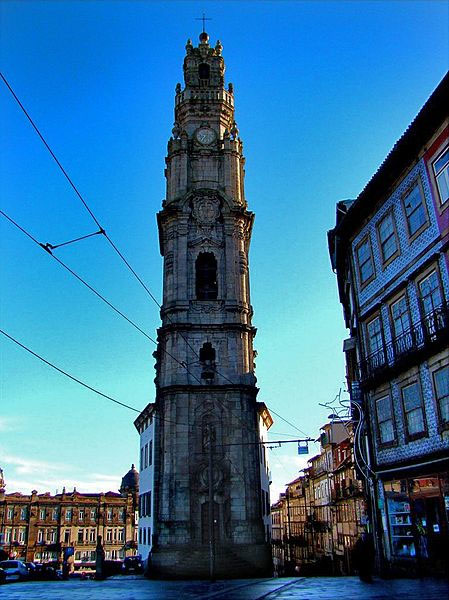
The neoclassicism and romanticism of the 19th and 20th centuries also added interesting monuments to the landscape of the city, like the magnificent Stock Exchange Palace (Palácio da Bolsa), the Hospital of Saint Anthony, the Municipality, the buildings in the Liberdade Square and the Avenida dos Aliados, the tile-adorned São Bento Train Station and the gardens of the Crystal Palace (Palácio de Cristal). A guided visit to the Palácio da Bolsa, and in particular the Arab Room, is a major tourist attraction.
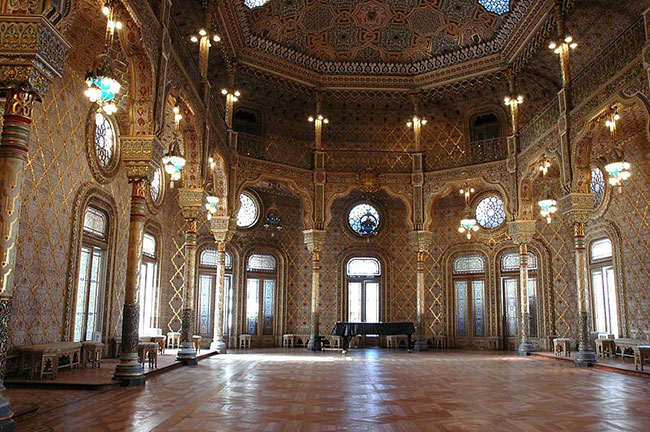
Oporto is also famous for its wide diversity of Azulejos (Portuguese tiles) that embellish public buildings and private houses. Take a walking trip by the city and discover the beautiful and the odd facades of Oporto buildings.
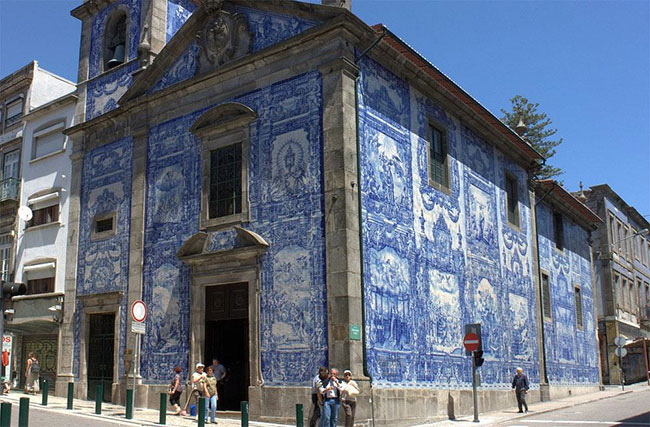
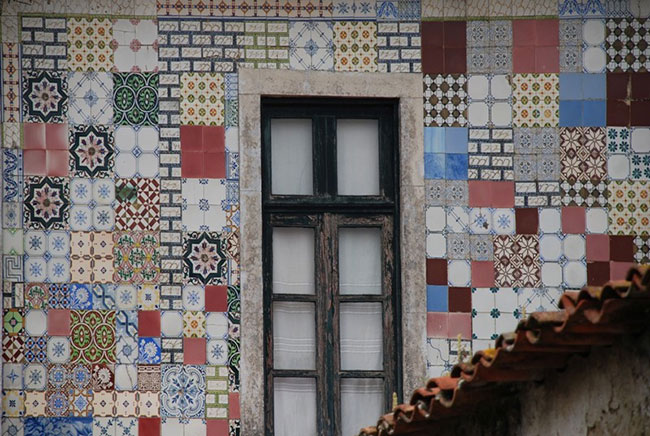
The city has concert halls of a rare beauty and elegance such as the Coliseu do Porto by the Portuguese architect Cassiano Branco; an exquisite example of the Portuguese decorative arts. Other notable venues include the historical São João National Theatre, the Rivoli theatre, the Batalha cinema and the recent Casa da Música.
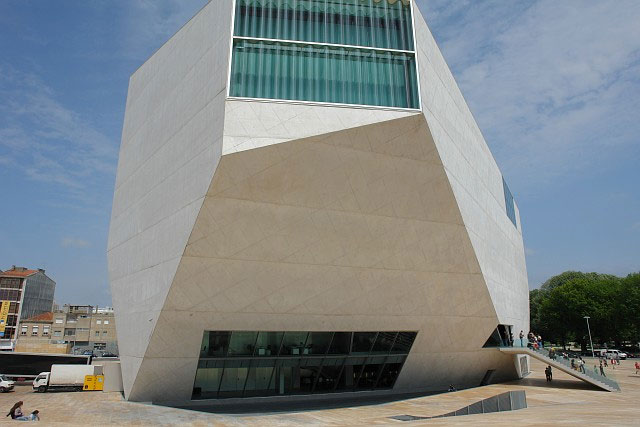
The city has a magnificent, and beautiful bookshop, "Lello", that was featured in third place in The Guardian's list of world's top bookshops. From the three top bookshops, Lello was the only one that was originally built to be a bookshop.
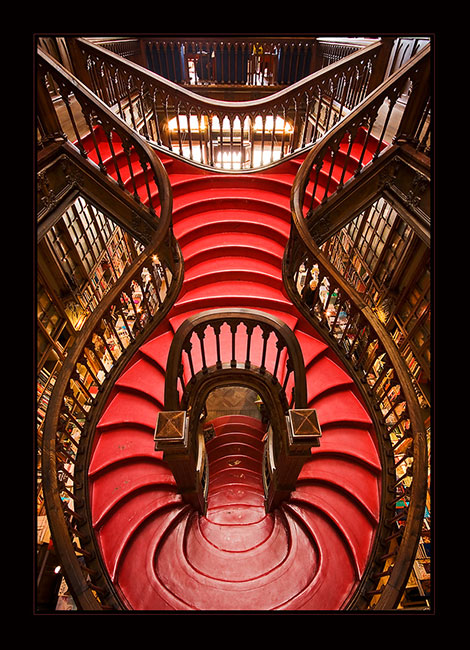
The Ribeira district, by the Douro River, is made up of medieval streets and seedy alleyways. It is a crumbling but fascinating place, with dozens of cafés, bars, and restaurants sheltered under medieval arches, making it the most popular district in the city for eating and drinking and arguably the most romantic district.
